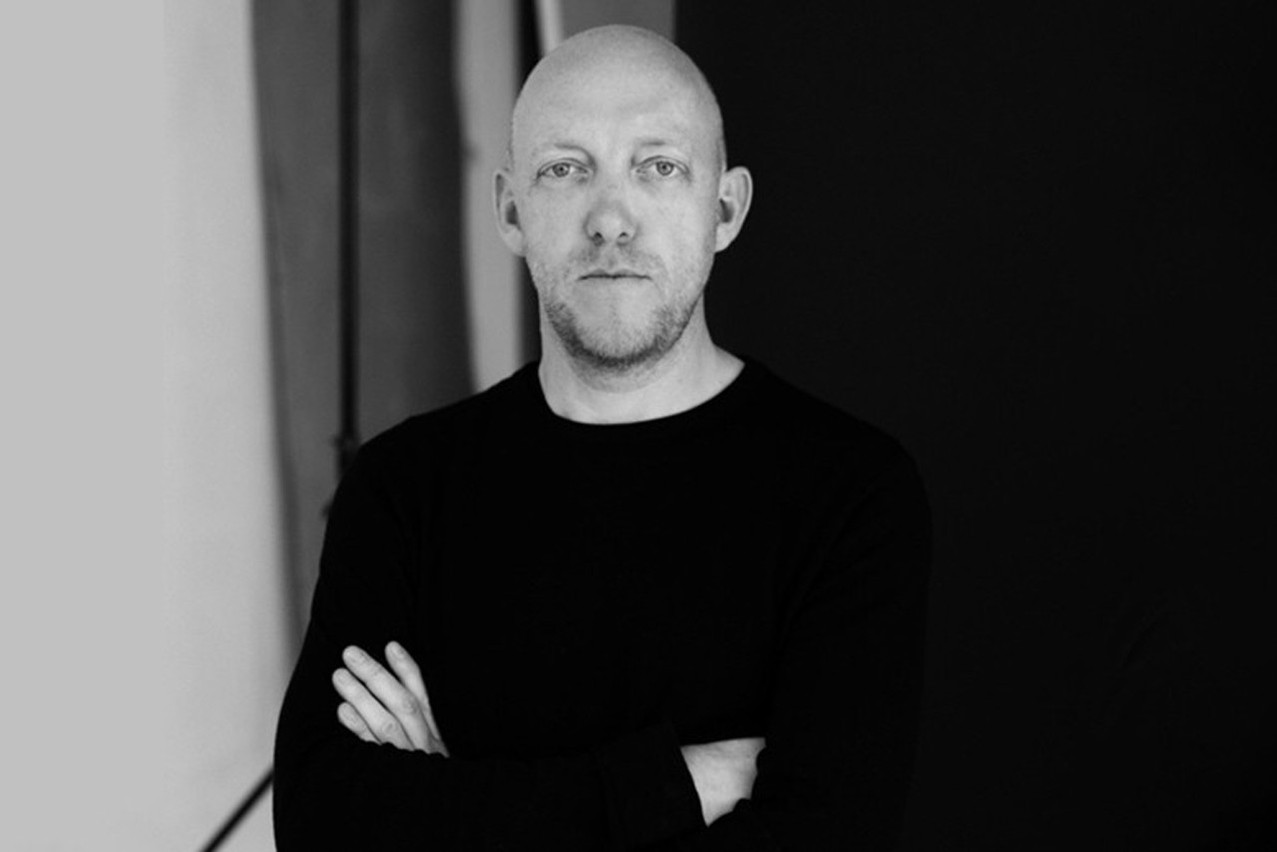Paperjam + Delano Business Club: During the conference, we will hear about diversity, multiculturalism, communities... How do you manage to bring them together harmoniously through the building?
: A diverse, multicultural community has naturally been drawn to Cloche d’Or. It offers a universally understood type of living. It is a classic arrangement of buildings sitting around courtyards within a relatively dense urban ensemble, not a suburban one. Courtyards evoke cultural, spatial and social memories that are common to every culture.
You have developed the master plan for Cloche d’Or. Does the final result correspond to your basic idea? What were the obstacles encountered?
We had control of the urban plots within Cloche d’Or district, but not the scale of roads and boulevards that cross the district. I will admit that I find those elements the most challenging. The heart of the new quarter is an intersection that is 50m wide! Such enormous infrastructural projects clearly work extremely well at dispersing traffic. However, enjoyable urban centres prioritise the pedestrian experience. We are developing a network of lower-scale landscapes through the middle of the lots and around the quarter that will provide a more pleasant experience for workers, residents and visitors to explore on foot.
What are the main drivers of your work, in terms of urban planning?
Urban planning is not just architectural design on a large scale. It deals with factors beyond any an individual building. We are trying to create a positive public experience that will nurture the natural development of a community spirit. We have been trying to make a distinctive place, that has definition and a sense of a particular character. Ideally this will include a series of places that we would all want to spend our daily lives in; gardens and courtyards but also bakeries, coffee shops, bistros and art galleries--the quotidian components of a pleasant urban life.
In your opinion, what are the qualities that Luxembourg should focus on and develop further as an urban centre?
I can’t think of anything more important for Luxembourg’s future health and happiness than encouraging and helping people to leave their cars. Shared public experiences create rich urban life.”
